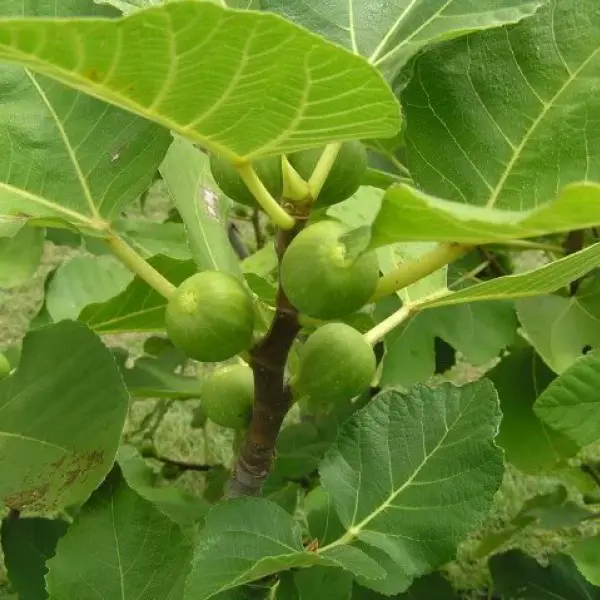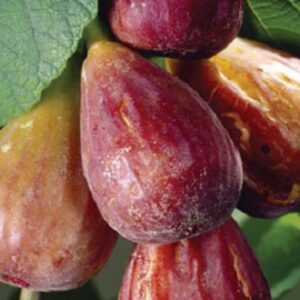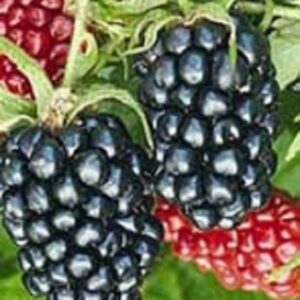Fig Plant “Kadota” Ficus Carica Fig Tree Plant
$8.99 sales tax
Plants for sale are Ficus Carica “Kadota” plants Plants are currently growing at between 4-12″. Each plant is lab grown from tissue cultures to be a Disease free plant. Cuttings will carry any diseases the donor plant may have and with older donor..
Description
Plants for sale are Ficus Carica “Kadota” plants
Plants are currently growing at between 4-12″. Each plant is lab grown from tissue cultures to be a Disease free plant. Cuttings will carry any diseases the donor plant may have and with older donor plants the probability of that occurring is very high that’s why we offer only lab tested culture grown plants. Fig Plant Kadota is a green var of fig with a moderate growth rate. The fruit boasts a rich flavor. We recommend using only Bio Spectrum organic fertilizer located in our store.
How to grow Fig plant Kadota
Ficus soil requirements and planting instructions
Mix together organic compost or manure mixed into native soil at a 50% ratio.
Ficus does well in pots, beds or gardens. Proper site preparation ensures years of growth and once established they will not require weed control. Strong growth will Soil Ph should be around 6.0-7.5.
If planted together in beds the cross pollination will increase yield.
light conditions
When making a site selection keep your plant in an area that has bright direct sunlight. Plants will produce small fragrant flowers.
If using drip irrigation allow soil to dry slightly between waterings. Do not over water. Figs are very drought tolerant. We have cultivated Figs since as early as 5, 000 BC.
Ficus fertilizer
This mild feeder likes fertilizer during the warmer months. 10-10-10. Additionally, for most cultivators pests and disease are few and far between but in weak plants fig rust, Cerotelium fici and Botrytis cinerea have been noticed. Additionally, ficus reproduce through suckers, cuttings and seeds.
Background
The fig tree was first introduced to the Americas in 1575 by Spanish explorers in Florida. In fact, Spanish Franciscan Missionaries introduced the cultival Mission to the West Coast in what one day would become the State of California in 1769.
Additional fig cultivars were also imported to the California area from Mediterranean countries, including Brown Turkey fig.
However, some of the imported figs required pollination by the fig wasp (Blastophaga psenes), the absence of this wasp lead to an initial failure of fig cultivation on the West Coast. Specifically, this impediment to cultivation was remedied by the importation of the fig wasp. in fact, the fruit of these fig cultivars were often attacted by insects and diseases because they had open “eyes” or ostioles (opening at the fruit apex).
Eventually, scientists including Ira J Condit, William B Storey and others working on genetic improvement of figs released new cultivars with closed eyes, which thus did not require pollination.
Additionally, there are hundreds of varieties of ficus. Ficus carica, Moracea.
Florida Hill Nursery is your internet source for buying rare plants and fruit trees. Our online Plant selection ensures the best selection of internet plants available. Check out our wide selection of other tropical plants, subtropical plants and northern temperate climate plants. Buy 1 plant or tree and receive free shipping on the next three plants or trees using *best way shipping.





